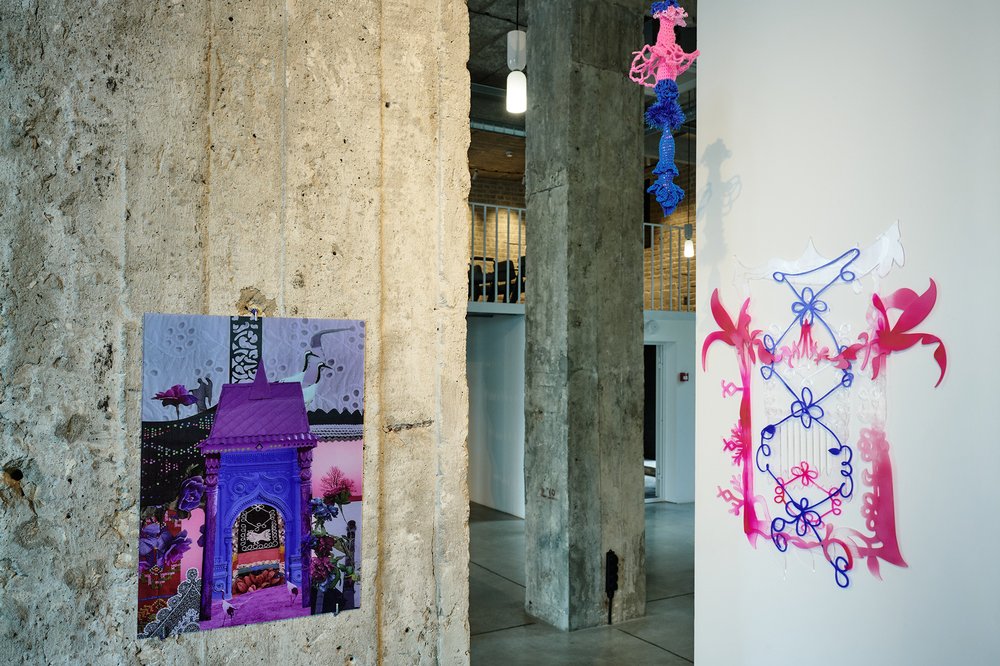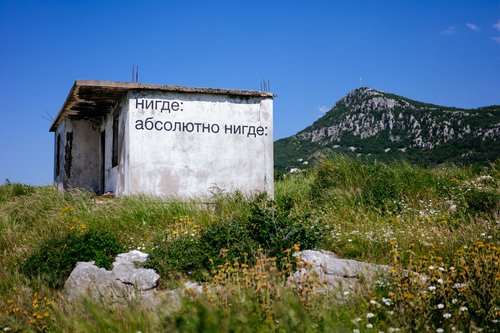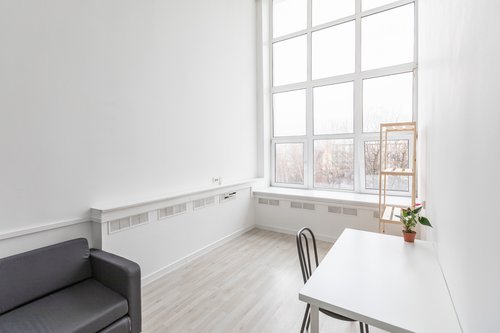Clinging to the Ground in Lipetsk

Ni maya li gor’, atsova. Exhibition view. Lipetsk. 2025. Courtesy of Buksir Gallery
In Russia's evolving art landscape, creative tourism residencies offer artists new perspectives on provincial towns. Ten young artists explored Lipetsk's Soviet present and ancient past, creating deeply personal works about memory, tradition, and identity in contemporary Russia.
There are different kinds of artist residencies – some are secluded havens lost in the woods, others are affiliated with a museum or archive, and some are focused on networking opportunities for artists. In Russia these days, a new genre has emerged, which can be called creative tourism. A group of artists, gathered through an open call, visits a certain city, where they are toured around and introduced to local craftsmen, create artworks inspired by the trip, and finally put together an exhibition at a local institution. Moscow's private Sfera Foundation, known for its long track record of collaborations with non-government art venues in different Russian regions, has made these tours one of its priorities.
The inaugural residency took place in Kazan last year; it was followed by the second one in Lipetsk, launched in partnership with the private non-profit Buksir gallery. According to the Foundation's director Anna Zykina, negotiations with partners from Naberezhnye Chelny, Ulyanovsk, and the Kostroma region are underway. Lipetsk is a nondescript and rather uninspiring Soviet town, built in the 1950s around a metal factory. But its ancient neighbour Yelets, a town whose history goes back to the 12th century AD, is a hidden tourist gem, brimming with lace shops, imposing churches, and quaint old merchant houses. “We visited everything – from abandoned buildings to the lace factory, from the museum to a deer park,” the residency's curator Daria Epin said proudly. She is an outsider herself, living in Moscow yet working with Buksir on several projects already. Timing was tight for the group: 10 artists spent two weeks in Lipetsk and its surroundings, went home to produce their artworks, and came back two months later for the installation of the exhibition. According to Zykina, the production costs were covered by Sfera, yet the artworks were not commissioned or purchased by the organizers. Artists had a choice of either keeping them or donating them to Buksir.
Buksir Gallery, founded by architect and photographer Sergey Avilov and local industrialist Elena Latysheva, occupies a tall, imposing loft-like space of a former Soviet department store. Ten artworks are obviously not enough to fill the enormous space, so the curators added some found objects, from a doll to pieces of wood, placed in wooden frames, to complement the exhibition. The concept is charmingly straightforward: if the local context itself is a fetish of this show, why not skip the artist altogether and put the bits of context on the wall, leaving the hard labour of interpretation to the visitor? The gallery's name suggests an optimistic ambition – Buksir, a tugboat in Russian, is supposed to tug the local art scene forward towards a brighter future. Yet all 10 artists, most of them millennials or Gen-Z, turned to the past, rather than the future or even the present, while trying to grasp Lipetsk's elusive identity. This is probably no surprise, since during their residency they were immersed in the past, visiting a lace factory and an accordion workshop where the traditions of local craftsmanship are kept, listening to century-old folk songs, and admiring old paintings in a museum.
Daria Epin, who co-curated the show with another Muscovite, Alexey Korsi, chose a line from a traditional folk song as its title. The line, Ni maya li gor' atsova (“Not my grief, but my father's,” in a local dialect), is barely comprehensible even to a Russian native speaker. The song tells the story of a girl's fight with her parents over an arranged marriage, yet for Epin it is a metaphor for people's uneasy relationship with their past. The artworks in the show focus on different aspects of memory – real and imagined. This seems relevant in today's Russia, where relationships with the past have always been problematic. In today's official rhetoric, the past is often used as a tool to justify the present, history is twisted to fit into propaganda narratives, and its shady chapters are even scrapped out physically. For instance, Moscow's Museum of Gulag History has been closed indefinitely by the authorities, and “The Last Address” plaques with the names of victims of Stalin's repressions are often torn from the facades of the buildings by local residents. However, most of the artists who addressed these issues from a socio-political or philosophical angle have left the country during the past three years. The Lipetsk group chose a deeply personal, melancholic take on memory. The show opened with a performance by Vlada Bulygina (b. 1999), where a succession of yoga asanas slowly evolved into a traditional Russian folk dance. I cannot imagine a more suitable opening to the discussion of young artists' attempts to deal with the past and present.
Nadia Petrova (b. 1985), whose grandfather was from Yelets, could not find any traces of him there, or in her family archive at home. No documents and no pictures have survived. The artist knitted a "net for memories", full of big holes, to vent her disappointment. Polina Shilkinite (b. 1996) found a discarded photo album of an anonymous local family during her residency. She created a gallery of their collective portraits in massive steel frames. ‘A Map without Territory’ is an absurd memorial to people whose names have been forgotten. Their faces are now preserved for eternity and might eventually end up on museum walls. The two artworks mirror each other strangely – the first one is a memory without documents, and the second, a document without memory. Chelyabinsk artist Ilya Frolov (b. 1984) was also inspired by a found photograph, a snapshot of a house. On the wall inside his house-shaped installation there are plaster casts of plastic food containers. The artist tries to “preserve the emptiness,” like some oriental mystic, and it's no wonder that the plaster bricks form a circle reminiscent of a mandala.
Well-known street artist from Nizhny Novgorod Vladimir Abikh (b. 1987) has collaborated with local lacemakers, who keep the tradition of famous Yelets lace – handmade, intricate, and extremely expensive. Together they produced a round lace napkin with the words "everything is intertwined". This eye-catching, art-fair-ready artwork is hanging in a niche in the wall, casting shadows that add movement and drama to it, but, unfortunately, not depth. Another collaboration became the highlight of the show. Anastassia Antipova (b. 1997) created her installation ‘Payphones, words, from Yelets’ together with the local accordion workshop, deconstructing the instruments and turning them into sound sculptures, impressive even when perceived entirely out of context. So there is still hope that tradition can enrich a contemporary artist's practice and earn its place in the future.
At 1 a.m. after the opening night at Buksir, a beep from my phone woke me up. A text message from the Russian Extraordinary Situations Alert System read: “Threat of an unmanned aircraft attack! Stay calm, and find safe shelter if an unmanned aircraft appears.” This was a surprise to me, as a Muscovite. Although drone attacks in the Russian capital's suburbs happen every few nights, Moscow's officials prefer to keep the population in blissful ignorance, and only issue reports about the destroyed aircraft later in the day. I walked down to the reception for instructions, and the clerk advised me to hide in the bathroom, since “it has no windows”. I could not help thinking that the art gallery would hardly serve as a safe haven – whatever is displayed inside, its big windows are open to a world that gets more and more difficult to ignore.
The author's trip to Lipetsk was organized by the Sfera Foundation.

























